The content of the article
Home-made cottage cheese, made from natural cow's milk, will cost almost half the cost of store cheese. It lacks chemical additives and antibiotics, with which they increase the shelf life of raw materials. To get a useful and safe product of its own production, you have to go through three stages: the transformation of milk into yogurt, heat treatment and separation of the mass from the whey.
Raw material selection
What basis to use for cottage cheese? There is an opinion that store-bought pasteurized milk is “dead” and is not suitable for such purposes. It is better to go to the market or visit familiar farmers, where you can get hold of a natural cow product.
Packaged milk is suitable for making cottage cheese, if there is no other raw material, but when choosing it you should take into account some of the nuances:
- Do not buy options with a long shelf life.They must contain antibiotics that do not allow the raw materials to turn sour.
- Choose a product with a fat content of 3.6% or more.
- Remember that from 1 liter of packaged raw material is obtained about 200 g of cottage cheese.
Pasteurized milk is more expensive than home-made milk, which is sold on the market. Manufacturers subject the product to heat treatment, so when reheated, it will lose 60 - 70% of useful substances.
There are packaged raw materials and several advantages:
- Cottage cheese from shop milk has a soft and delicate texture. It is not as grainy as an option from whole cow raw materials.
- It is enough to knead the product with a fork to turn it into a homogeneous air mass, which is ideal for baking. No need to grind the milk component blender or through a sieve.
- Pasteurized milk curd is suitable for people who are afraid to eat extra calories. The product turns out dietary, with the minimum fat content and gentle creamy taste.
Fans of traditional recipes are recommended to cook cottage cheese from whole cow or goat milk. What are the advantages of this method?
- In natural raw materials a lot of calcium and other minerals, useful for adults and children.
- Cottage cheese turns out fat, with characteristic sour smack.
- A liter of whole milk is 250–300 g of fermented milk product plus cream, which can be removed from raw materials in the first or second day of settling.
Serum, remaining after straining the curd, is used to prepare okroshka, added to the dough for dumplings or pies.
Milk preparation
If there is no confidence in the quality of the cow product, it is recommended to boil it. High temperatures kill E. coli and pathogenic bacteria. It is possible to melt the cottage cheese from sour milk, or rather, from yogurt, so the raw materials must be brought to the correct consistency.
Dishes
Pour the whole or pasteurized product into a glass jar or earthenware jug. Iron pots and other containers are not suitable for settling milk. Fermentation triggers oxidative processes, and the raw material acquires an unpleasant taste.
Banks do not clog, but only cover the top with a towel or rag. The lid, unlike the fabric, does not allow air, which accelerates the ripening of the product. Rag also protects raw materials from ultraviolet radiation.Milk standing in the sun, not only quickly turns sour, but can turn green and deteriorate, especially if it is a pasteurized variety.
How to speed up fermentation
To get sour milk in 1-2 days, a piece of rye or black rusks is added to the raw materials. Fresh bread is also suitable, because the main thing is the yeast contained in the supplement. Mushrooms activate fermentation, and the milk turns sour in 12-24 hours, depending on the freshness of the product itself.
In boiled raw materials, cooled to 40–38 degrees, it is recommended to add 1-2 tablespoons of sour cream or 150–250 ml of kefir. Products contain dairy bacteria, which are responsible for fermentation. It is better to use homemade sour cream or kefir, and not purchased.
The third option is citric acid or vinegar. Spoon supplements diluted in 3-4 liters of warm milk. Thoroughly stir and leave for 1-2 hours. Raw material turns into yogurt almost instantly. Serum obtained from milk with vinegar should not be drunk or used to prepare okroshka. The product increases the acidity of the stomach, irritates the walls and can burn the mucous. An alternative to vinegar is freshly squeezed lemon juice.
Pasteurized milk is mixed with dry bacteria or liquid ferments, which are sold in pharmacies and large supermarkets.The additive is activated only in heat, so the raw material is preheated. Bacteria turn milk into yogurt in just 6–8 hours.
Correct place
Storage tanks must be kept warm:
- near the battery;
- near the stove;
- you can lean the jar to a hot saucepan or kettle;
- put near the back of the fridge.
Milk quickly sours in the bathroom, because there is always warm. The main thing is that the container with the product does not get sunlight, because of which vitamin C evaporates and the taste of the future cottage cheese worsens.
Important: In the refrigerator, the fermentation processes are slowed down, and the milk does not turn into yogurt, but simply becomes unfit for consumption.
Pasteurized or whole product should not be stirred, banged, whipped or shaken. You need to wait until the milk is divided into yellowish-greenish whey and large white breasts. If small flakes float in the tank, then the process is not yet complete. On average, 1 to 3 days is enough for the raw material to reach the right consistency, and it can be heated.
Heat treatment
Sour milk should be poured into a large saucepan: for 3 liters of product you should take dishes from 5 liters. The cottage cheese rises a little while cooking and can run away if the capacity is too small.
Put the pot on the electric or gas stove, turn on the minimum temperature. Sour milk should be heated, but not boiled. It is recommended to regularly check the temperature of the liquid with your fingers: dip the index or medium in the raw material and wait 2-3 seconds. If it is too hot, turn down the power or turn off the stove.
Future cottage cheese to stir with a wooden or iron spoon, but not too often. When large lumps float to the surface, set aside the pan and allow to cool slightly. It remains to strain the cottage cheese and squeeze out the extra whey.
There is also a steam version of heat treatment. Heat water in a large saucepan, and put a smaller container into it, into which sour milk is poured. Warm up for 15–20 minutes, until the small flakes get into a large breast, resembling jelly in consistency.
Microwave Option
The method will appeal to girls who want to spend a minimum of time preparing a useful product.
- Sour milk sour in a liter jar or container for baking in the microwave with high bumpers.
- Set the power in the range of 360 - 400 W.
- Timer for 10 minutes, do not cover the bank with anything.
- The finished curd will float to the surface, and the whey will become transparent greenish. If it has a milky tint, you need to turn on the microwave for another 2-3 minutes.
It remains to strain the cottage cheese when it cools. Wring the mass is not necessary, it will turn out dry.
Tip: If you put the microwave at maximum power, the process will not accelerate. The mass of high temperatures dries and burns at the edges.
Recipe in the oven
A convenient and easy way to heat the curd - put it in the oven. To get a lean dairy product, use only yogurt. If you need a fat cottage cheese, sour milk is mixed with sour cream: for 1 liter of the first ingredient, about 1–1.5 liters of the second.
Pour the products into an enamel pan, cover. Heat the oven to 145–150 degrees, simmer yogurt for 45 minutes. Turn off, leave inside until cool. Separate from serum, let stand and be consumed.
Multivarki curd cheese
- Pour the sour milk into the bowl.
- Select the mode "heating".
- Set the timer for half an hour, if you need dry crumbly cottage cheese, then for 45 minutes.
- Throw the mass in a colander. After cooling, you can use.
In a bowl with a volume of 5 liters, pour no more than 2-3 liters of sour milk. If yogurt is too much, during cooking it will run away and flood the slow cooker.
Strain correctly
You will need a clean pan or a large bowl, a thick piece of cloth or gauze, which is folded at least 4 layers. Attach a colander to the container, put a rag inside so that its edges hang down from the bowl at 4–5 cm.
Pour the curd gradually, pushing large chunks with a spatula. When the whole mass is in a colander, it needs to be slightly compacted and knocked down in one ball. Tie gauze like a bag and hang it on a hook or rope. Place a bowl or pan into which the remaining liquid will drain under the curd.
You can not hang the gauze, and put the press on top:
- one and a half liter water bottle;
- grindstone;
- two kilogram dumbbell.
Cottage cheese cover the top with foil or plate. If you like a soft “wet” product, 20–40 minutes is enough.To get a dry crumbly curd, you need to keep the press for 2-3 hours. Store the prepared mass in the refrigerator. It is advisable to use in 3-4 days, because the home product deteriorates quickly.
Cottage cheese with high calcium content
The method works with any milk: whole, sterilized, pasteurized or even with variants without lactose. Raw materials do not need to be defended, it is enough to heat to 40 degrees and pour powder of 10 percent calcium chloride.
500 ml basis take 1 tbsp. l pharmacy drug. Stir the milk until calcium is completely dissolved, wait until it boils. The mass will collapse and lumps will float to the surface. Cool the billet and strain.
Important: Per day you can eat no more than 100 g of cottage cheese cooked with calcium chloride, otherwise the mineral metabolism in the body will be disturbed.
Option without heat treatment
Sour milk sour cream in a plastic container or glass bowl and shove in the freezer. Wait until the mass freezes and turns into a solid white breast. Remove the yogurt and put in a colander, covered with gauze. When the mass has melted, hang it over the bowl and wait until all the whey has drained.Gentle and airy cottage cheese, reminiscent of mascarpone, ready for use.
Curd for the smallest
Pour into a saucepan 3 liters of milk, bring to a boil
- Add 1.5 liters of kefir
- Switch stove to minimum fire
- Hold for 10 minutes, gently stirring
- When the mass is curled, cool and fold on the gauze
- Mix curds with bananas, apples or other fruits. Bring to homogeneity
- Delicious and healthy dessert for kids and adults is ready.
Cottage cheese is one of the most useful products that can be consumed every day. It will strengthen the teeth, bones, immunity and enhance mood. And the preparation of curd mass from whole or pasteurized milk will take only 40-50 minutes, not counting the time spent on the purchase and upholding of raw materials.
Video: how to cook cottage cheese at home

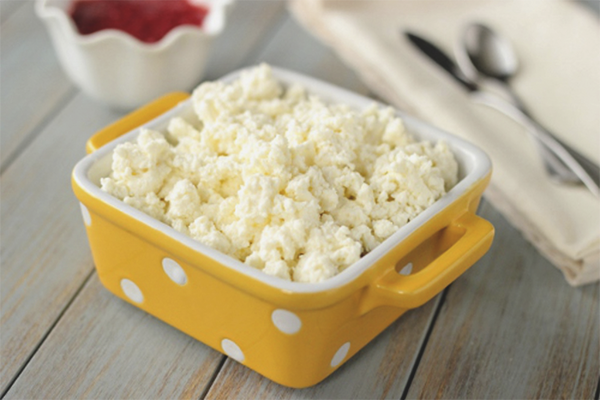
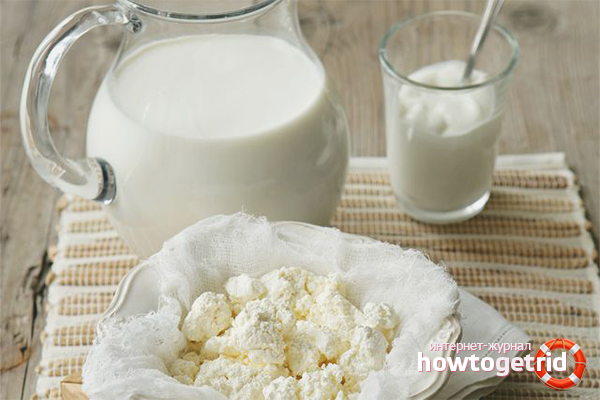

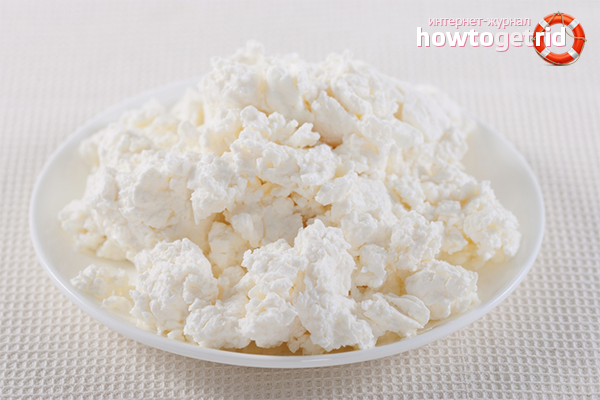

 5 votes, on average: 4,20 out of 5
5 votes, on average: 4,20 out of 5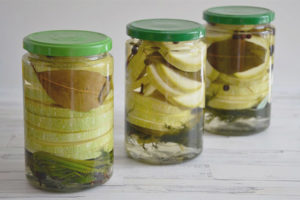

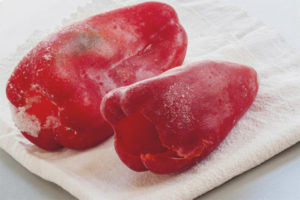
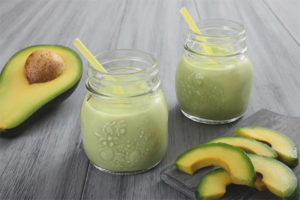

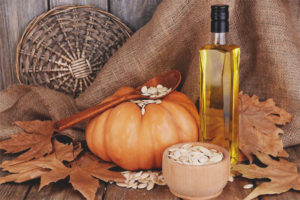
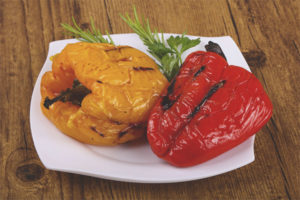
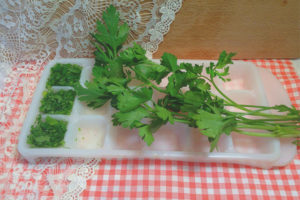
To send